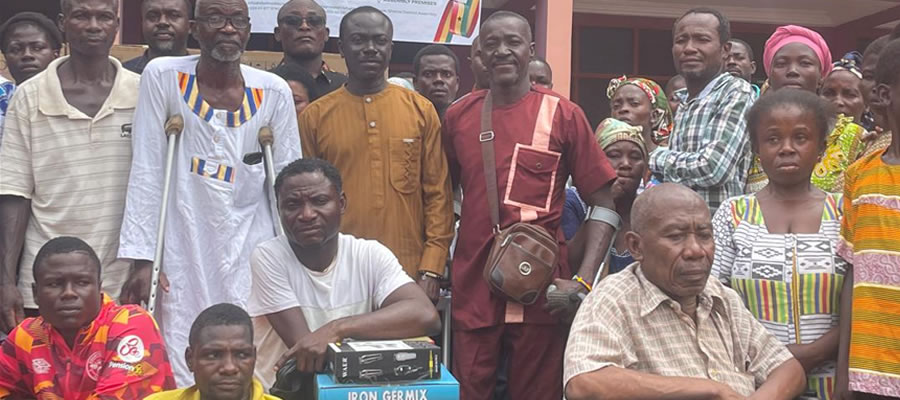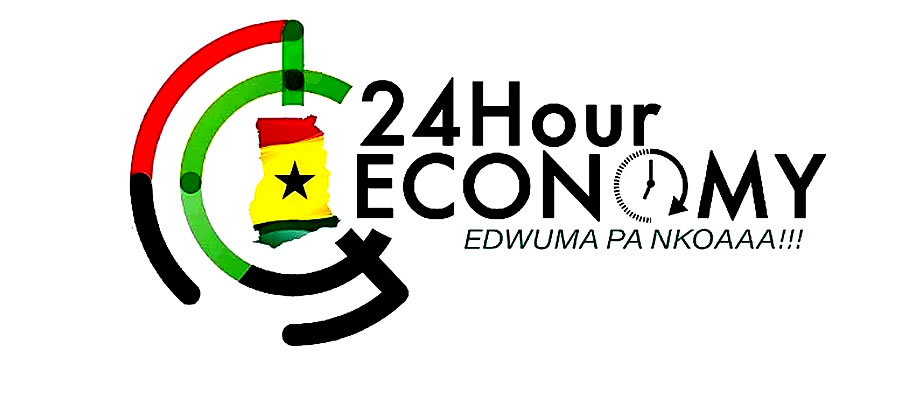

Disability
Introduction
The 2010 population and housing census data is the first national data collected on the proportion of the population with various degrees of disability. The disability can be defined as those who were unable to or were restricted in the performance of specific tasks/activities due to loss of function of some part of the body. Data was collected on persons with visual/sight disability, hearing disability, mental retardation, emotional or behavioral disorders and other physical challenges. As a result, PWDs face a wide range of life challenges because disability, in whatever form or type, can limit an individual’s full participation in a number of activities in life. In Ghana, PWDs are generally marginalised and suffer from discrimination. They are mostly regarded as less productive and these data are critical for computing social and economic indicators for policy formulation for the Shama District. The key areas discussed in this chapter are distribution of population with disability, types of disability, disability and activity, and disability type by education and literacy
Population with Disability
Table 6.1 shows disability status by type of locality and sex in the Shama District. Data collected and analysed on PWDs included people with multiple disabilities. Thus, a person may have one or more disabilities. As shown in the Table, Persons with Disability in the District constitute 2.3 percent. Also, both sexes with disability (male and female) in the District have the same proportion (2.3%). Persons with physical disability (41.6%) in the District form the majority, followed by sight disability (29.9%), while other form of disability is the least (8.0%). The proportion of males (43.3%) with physical disability is relatively higher than the females (40.0%). The proportion of PWDs in the rural areas (2.3%) of the Shama District is the same as the urban areas (2.3%).
Disability and economic activity status
Table 6.2 provides information on Persons with Disability, their economic activity status and sex. The Table shows the proportions of PWDs employed (44.0%), unemployed (2.5%) and economically not active (53.5%) in that order. The proportion of employed male persons (47.0%) with disability is relatively higher than the females (41.4%). For persons with sight disability in the District, 43.8 percent are employed, 1.3 percent are unemployed and 54.9 percent are economically not active.
Proportion of employed male persons (46.5%) with speech disability is relatively higher than employed female persons (41.0%) with the same disability. There are more female persons (56.2%) with disability who are economically not active than the males (50.3%) in the District.
Disability Education and Literacy
Table 6.3 presents information on population 3 years and older by sex, disability type and level of education. The Table further shows that 51.7 percent of Persons with Disability in the District have never attended school. The proportion of female (64.9%) persons with disability who have never attended school is significantly higher than the males (36.5%). Persons with Disability in the District with basic education constitute (38.0%), while those with secondary/SHS and higher form 8.5 percent.
Out of the disability population in the District with basic education, the proportions of males and females are 48.8 percent and 28.6% respectfully. With regard to disability population with secondary/SHS and higher, proportion of the males (13.4%) is higher than the females (4.2%).
Date Created : 11/21/2017 4:40:56 AM













 facebook
facebook
 twitter
twitter
 Youtube
Youtube
 +233 593 831 280
+233 593 831 280 0800 430 430
0800 430 430 GPS: GE-231-4383
GPS: GE-231-4383 info@ghanadistricts.com
info@ghanadistricts.com Box GP1044, Accra, Ghana
Box GP1044, Accra, Ghana